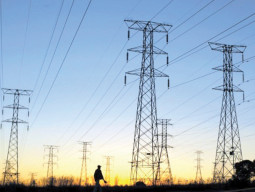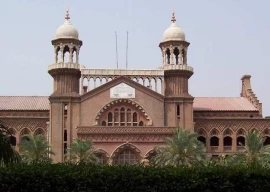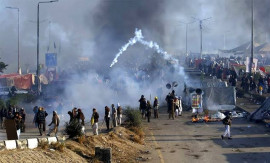
The opening ceremonies in Dushanbe, Tajikistan that started on May 11 for construction work on the CASA-1000 project mark an important milestone. The project could bring a trade in sustainable electricity between Central and South Asia; address energy shortages in Afghanistan and Pakistan; and provide financing for new investments and improve winter energy supplies for Central Asian countries.
This ambitious project, costing $1.17 billion, is based on a simple idea. In the summer months, the Kyrgyz Republic and Tajikistan have more electricity than they need as their hydropower dams fill to the brim with water from melting mountain snow. Much of this excess water simply overflows and is not used to generate electricity. Once built, the Central Asia South Asia Electricity Transmission and Trade Project (CASA-1000) will generate 1,300MW of electricity from this surplus summer supply and send it through transmission lines to Afghanistan and Pakistan from May to September.
This has benefits for all. For Afghanistan and Pakistan, CASA-1000 will ease electricity shortages during the peak summer season when demand is at its highest. A shortage of energy is cited as the main and most binding constraint to business operations, expansion and job creation. CASA-1000 will also help reduce the countries’ dependency on costly, polluting oil-based power generation. Both countries have major gaps between what they generate and what they currently use in electricity. CASA-1000, while not solving their problem completely, will go some way towards making this problem a smaller one.
In addition to reducing energy shortages in Afghanistan, CASA-1000 also has another important benefit for that country. It could help establish Afghanistan as a viable transit country, initially for electricity and perhaps later for other exchanges, as the transmission lines will cross through its territory into Pakistan. This could improve the country’s growth and stability prospects by strengthening ties to neighbours and the wider region.
For Kyrgyz Republic and Tajikistan, the project could provide financing for new investments, including for infrastructure and improved services. It will also improve winter energy because these two countries will be able to import electricity through the line in winter from other Central Asian countries and Russia.
CASA-1000 will give a much-needed boost to energy security, improved connectivity and trade across the two regions at a critical time. The project is the first step towards creating the Central Asia-South Asia Regional Electricity Market, leveraging Central Asia’s significant energy resources to help alleviate South Asia’s energy shortages on a mutually beneficial basis. As a transformational project, CASA-1000 demonstrates the power of regional cooperation through four countries reaching agreement on a project that is a win-win for all involved. The project also helps to revive the Silk Road, the ancient route linking the East and West, in a region that used to be separated by hard borders. Like all such ventures, CASA-1000 is not one without risks. But these are worth taking as the gains for Central and South Asia could be immense.
Published in The Express Tribune, May 12th, 2016.
Like Opinion & Editorial on Facebook, follow @ETOpEd on Twitter to receive all updates on all our daily pieces.










































COMMENTS (5)
Comments are moderated and generally will be posted if they are on-topic and not abusive.
For more information, please see our Comments FAQ